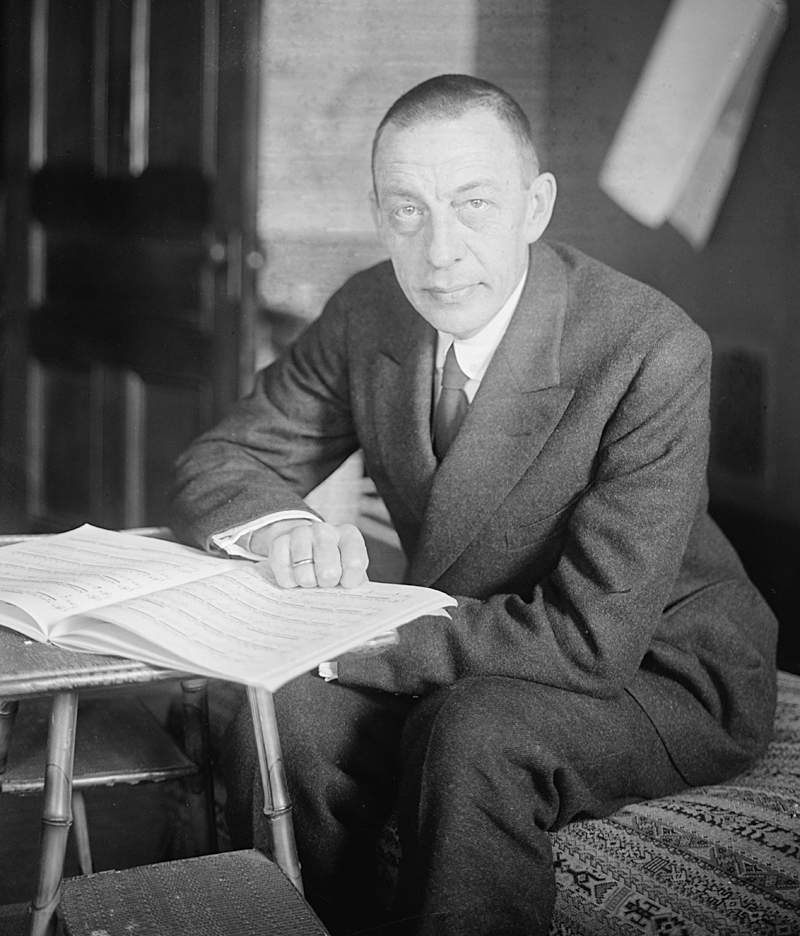Last weekend’s Seattle Symphony concerts—Ludovic Morlot’s fourth program as the orchestra’s music director—included, for the first time, music by a composer particularly associated with his predecessor Gerard Schwarz. He liked to close his seasons with one of the epic symphonies by Gustav Mahler; the piece Morlot chose was not one of these, but Mahler’s intimate, poignant (almost excruciatingly so) Kindertotenlieder. Under Morlot the song cycle’s agitated passages had an urgent zing and bite, and all the contrasted and blended colors in Mahler’s expertly airy orchestration sounded glorious, but what I missed—a specialty of Schwarz’s, especially in Mahler—was the sort of trancelike, time-dilated, lower-your-heart-rate quality he could bring to slow music. It’s not simply a matter of setting the metronome down a few notches, but of somehow making every moment and detail tell without arresting the overall feeling of forward motion—linnnnnnngering without stalling in midair. Admittedly Mahler’s delicate opening song is marked nicht schleppend (“Don’t drag”), but at last Thursday’s performance it seemed to hurtle by (with some miscoordination between the orchestra and baritone Nathan Berg), while the melting closing bars of the final lullaby felt more perfunctory than consolatory.
Something similar happened in the concert opener, Franz Liszt’s tone poem From the Cradle to the Grave: A marvelous wild-eyed energy in the middle section (which Liszt titled “Struggle for Existence”) was surrounded by andantes which felt less assured, less authoritative—not rushed, exactly, but not comfortable, as if the music wanted to stretch out but Morlot didn’t quite dare let it. (Come to think of it, his Boléro, on the Sept. 17 gala, was also on the brisk side.) For an orchestra to play truly slowly—expansively, but with life and presence—is kind of a musical trust-fall game; the physical limitations of instruments and instrumentalists (the need to breathe, the endurance of bow arms) play a significant role in determining what a conductor can ask for and get in this regard, so the differences in what Schwarz could do with Mahler and what Morlot did may simply be the difference between a relationship of 26 years and a relationship of one month.
I’m not sure whether Sergei Rachmaninoff felt any external pressure to make his later music less opulent and more modernistic, but whatever the motivation, he found a way, brilliantly, to incorporate new ideas that enhanced rather than replaced his earlier extravagantly romantic style. Wayward melodies, harmonic spice, startling musical gestures, fresh and strange instrumental colors, and asymmetries of rhythm all enliven his final work, the three Symphonic Dances from 1940 (suggested subtitle: “Oh, So That’s Where Danny Elfman Got It”). This combination was catnip for Morlot, and he brought the Dances power and incisiveness (driving string unisons, snarling horn chords) with no loss of richness of sound. One memorable example of many: A long melody for first violins and cellos, repeated later on all the strings, was focused and penetrating, yet as luxurious and ear-cushioning as anyone could wish.
N.B.: Next Tuesday’s SSO concert (“Sonic Evolution,” featuring music inspired by Hendrix, Cobain, and Quincy Jones, with guest band Hey Marseilles) is Morlot’s last appearance with the orchestra until January 26, so if you haven’t yet checked out the new guy who’s been filling the hall, jump on this chance or resign yourself to waiting.







